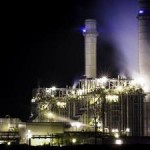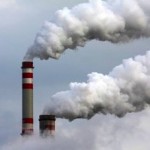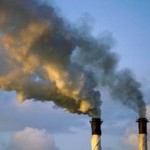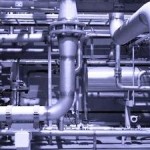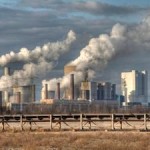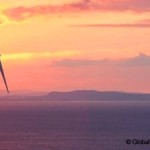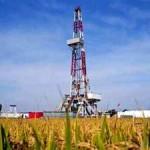Notes:
1. The PwC Low Carbon Economy Index calculates the rate of decarbonisation of the global economy that is needed to limit warming to 2°C. In 2013, the Intergovernmental Panel on Climate Change (IPCC) issued its Fifth Assessment Report, which includes a carbon budget for the remainder of this century giving a reasonable probability of limiting warming to 2°C.
2. In 2008, the PwC LCEI, calculated that to maintain growth without exceeding two degrees of warming, the G20 needed to improve its carbon intensity at 3.5% per year. Over the next four years, the rate of decarbonisation failed to exceed 0.7%. By 2012, to make up for lost ground, the rate had risen to 5.1%, requiring a rate of decarbonisation never achieved in a single year to be sustained for the rest of the century. This year’s report increases that rate to 6%.
3. Energy generation analysis in the LCEI:
a. While the use of fracking has prompted hype around the world, the shale revolution is mainly confined to the United States currently. However, the availability of cheap natural gas there, has depressed coal prices and raised coal consumption elsewhere, including the EU, pointing to concerns amongst key manufacturing nations of carbon leakage.
b. The UK saw an increase of its electricity produced by coal from 30% in 2011 to 39% in 2012; with an equivalent reduction in gas from 40% to 28%.
c. China has nearly tripled coal consumption since 2000, with an over 40% increase since 2007. However, China also accounted for two-thirds of the increase in renewable energy consumption since 2007.
d. Europe invested as much as the US, China and India combined into renewable energy throughout 2008-2012, and the EU continues to dominate the global share of solar PV capacity.
e. France is top of the G20 table in terms of absolute carbon intensity because of its successful nuclear programme, which accounts for over 75% of its electricity generation.

